Energy Flow Ecosystem Worksheet
Are you a science teacher or a student studying the concept of energy flow in ecosystems? If so, you're in luck! This blog post will introduce you to an incredible resource: the Energy Flow Ecosystem Worksheet. This worksheet is designed to help you understand the intricate relationships between different entities and subjects within an ecosystem, enabling you to grasp the concept of energy flow in a clear and concise manner.
Table of Images 👆
More Energy Worksheets
Light and Heat Energy WorksheetsTypes of Energy Transfer Worksheet
Energy Light Heat Sound Worksheets
3 Forms of Energy Worksheets
Energy Worksheets for Third Grade
What is an ecosystem?
An ecosystem is a community of living organisms (plants, animals, and microorganisms) interacting with each other and their physical environment (such as air, water, and soil) in a particular area. This interaction creates a network of interconnected relationships where energy and nutrients are exchanged and cycled through the ecosystem, ultimately contributing to the overall balance and sustainability of the system.
How do plants obtain energy in an ecosystem?
Plants obtain energy through a process called photosynthesis, where they use sunlight, carbon dioxide, and water to produce glucose, their main source of energy. During photosynthesis, plants capture the energy from sunlight and convert it into chemical energy, which is stored in the form of glucose. This process is crucial for the plant's growth and survival, as well as for providing energy to other organisms in the ecosystem through the food chain.
What role do herbivores play in the energy flow of an ecosystem?
Herbivores play a crucial role in the energy flow of an ecosystem by consuming primary producers like plants and converting their energy into a form that can be passed on to other organisms. By feeding on plants, herbivores transfer energy from the producers to themselves, and then to predators that feed on them. This process is essential for the cycling of nutrients and the overall functioning of the ecosystem, highlighting the interconnectedness of all living organisms within an ecosystem.
Explain the energy flow between primary consumers and their food source.
Primary consumers, such as herbivores, obtain energy by consuming producers, such as plants. These primary consumers digest the plant material and extract nutrients and energy from it. Through this process, the energy present in the plants is transferred to the primary consumers. This energy flow allows the primary consumers to grow, reproduce, and carry out their daily activities. Ultimately, the energy is further transferred up the food chain as the primary consumers are consumed by secondary consumers.
Describe the relationship between predators and prey in an ecosystem.
The relationship between predators and prey in an ecosystem is a crucial aspect of maintaining balance and stability. Predators hunt and consume prey to obtain energy and nutrients, controlling the population size of prey species. This in turn prevents overpopulation, depletion of resources, and helps to maintain biodiversity. Prey species have evolved various defenses and adaptations to avoid predation, leading to a dynamic and complex interaction between predators and prey that shapes the structure and functioning of ecosystems. Ultimately, this predator-prey relationship plays a vital role in the overall health and sustainability of an ecosystem.
How does energy transfer between different trophic levels in a food chain or food web?
Energy transfer between trophic levels in a food chain or food web occurs as organisms consume other organisms to obtain energy. Producers such as plants convert sunlight into chemical energy through photosynthesis, which is then consumed by herbivores. Herbivores are then eaten by carnivores or omnivores, transferring energy up the food chain. As energy is transferred between trophic levels, some energy is lost as heat through metabolic processes, resulting in less energy being available at each successive trophic level.
Explain the energy flow between decomposers and other organisms in an ecosystem.
Decomposers play a vital role in an ecosystem by breaking down dead organic matter into simpler compounds, releasing nutrients back into the environment. This process allows other organisms such as plants to absorb these nutrients and use them for growth and energy. In this way, decomposers facilitate the transfer of energy and nutrients between different trophic levels in an ecosystem, contributing to the overall functioning and balance of the system.
Describe the process of energy loss in an ecosystem.
Energy loss in an ecosystem occurs through various mechanisms. Initially, solar energy is captured by plants through photosynthesis, which is then transferred to herbivores when they consume these plants. As energy moves up the food chain, there is a loss at each trophic level due to metabolic processes, heat loss, and inefficiencies in energy transfer. This results in only a fraction of the energy being passed on to higher trophic levels. Ultimately, the majority of energy is lost as heat during respiration and excretion, leading to a decrease in available energy as it cycles through the ecosystem.
How do energy losses affect the overall energy flow in an ecosystem?
Energy losses in an ecosystem can impact the overall energy flow by decreasing the amount of energy available for higher trophic levels. When energy is lost through processes such as heat production or inefficiencies in consumption, less energy is transferred to the next trophic level, leading to a decrease in overall energy flow in the ecosystem. This can result in reduced productivity and ultimately impact the stability and balance of the ecosystem.
Explain how human activities can disrupt the energy flow in an ecosystem.
Human activities can disrupt the energy flow in an ecosystem in several ways, such as habitat destruction leading to loss of food sources for organisms, pollution affecting the health of plants and animals, overexploitation of resources resulting in imbalances in predator-prey relationships, and introduction of invasive species that can outcompete native species for resources. Additionally, activities like deforestation and urbanization can alter the physical structure of an ecosystem, changing the distribution and availability of energy resources for different organisms. All these disruptions can have cascading effects on the energy flow within the ecosystem, impacting the overall health and stability of the ecosystem.
Have something to share?
Who is Worksheeto?
At Worksheeto, we are committed to delivering an extensive and varied portfolio of superior quality worksheets, designed to address the educational demands of students, educators, and parents.

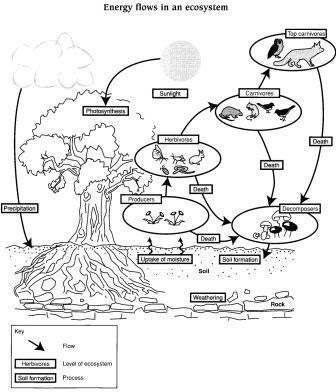



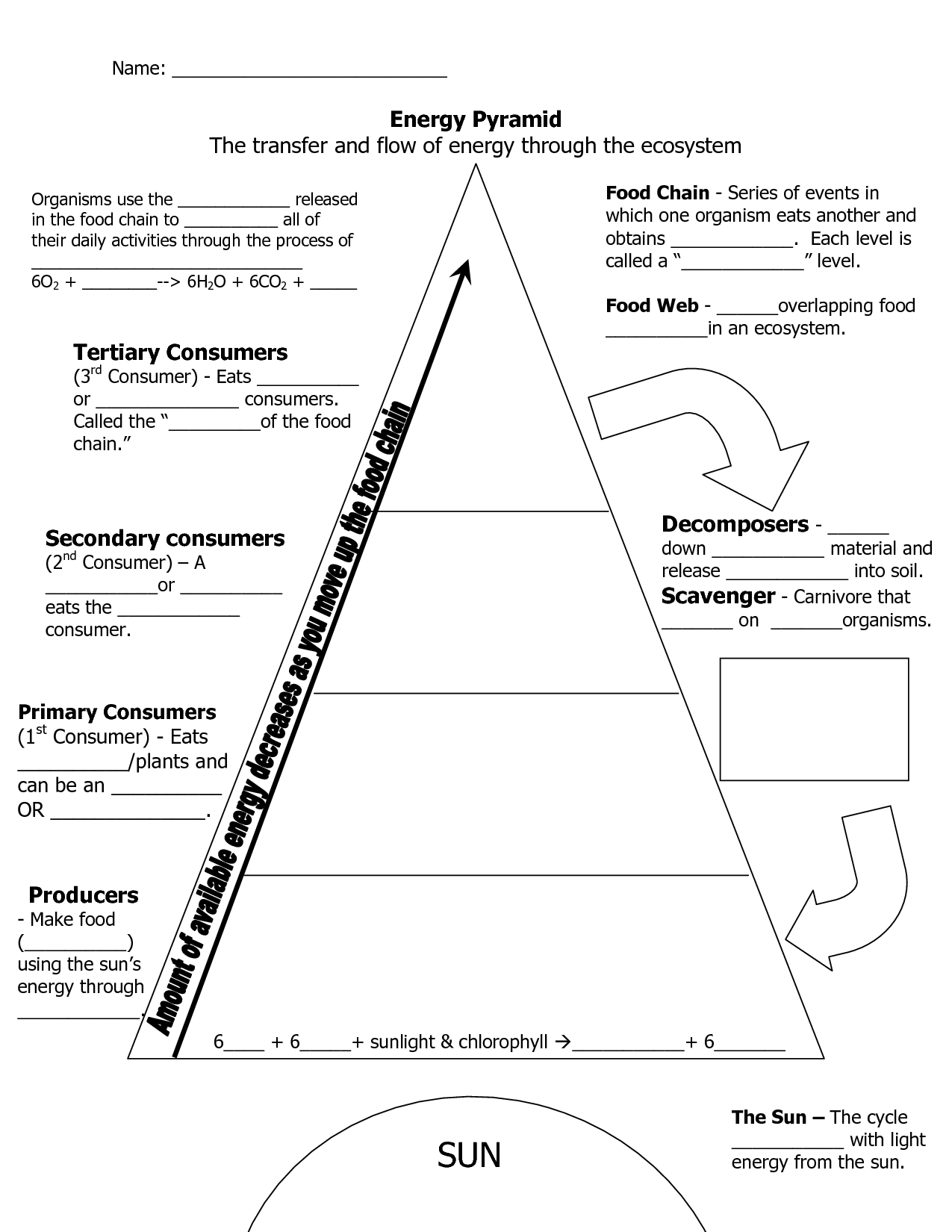

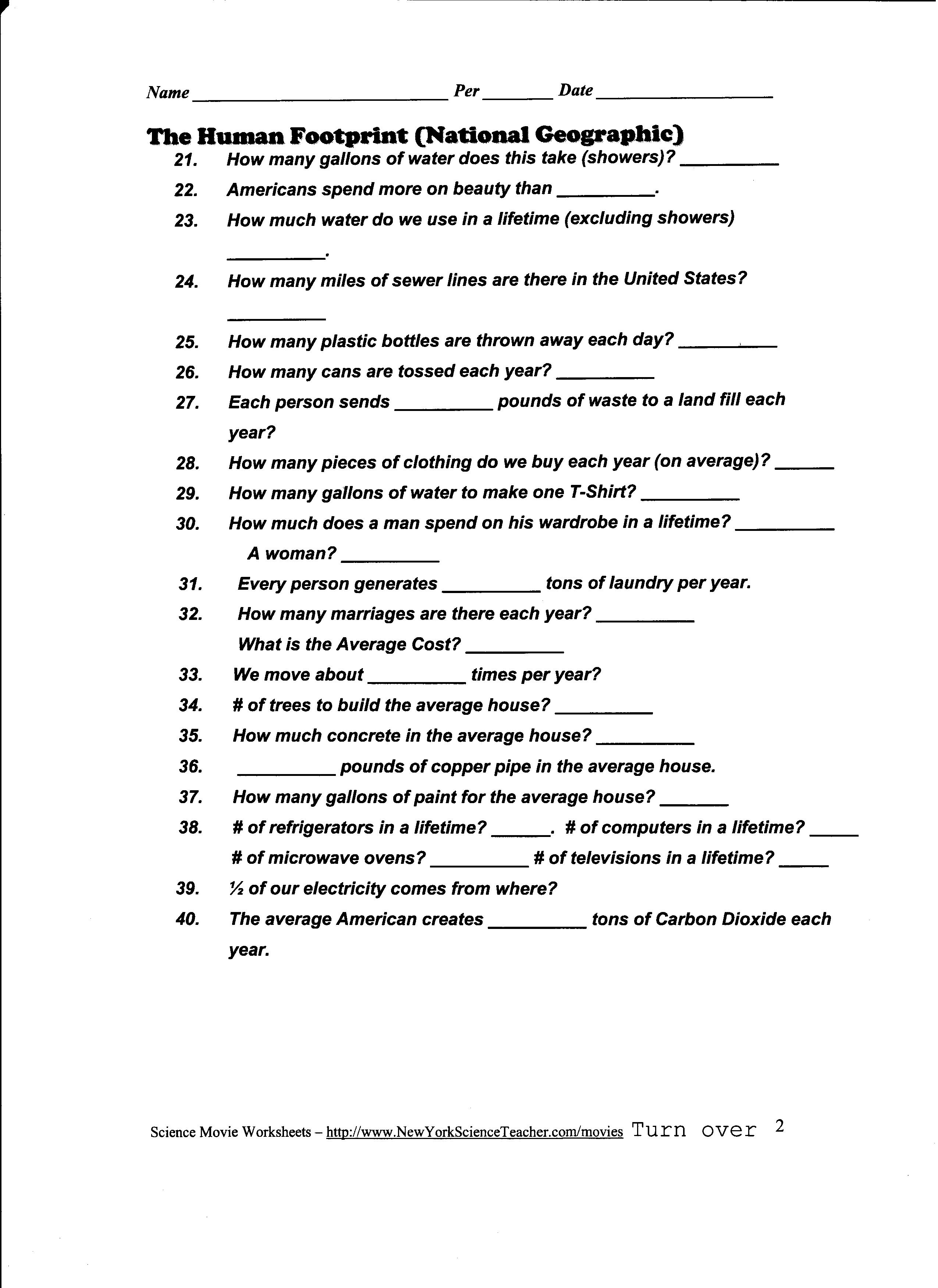
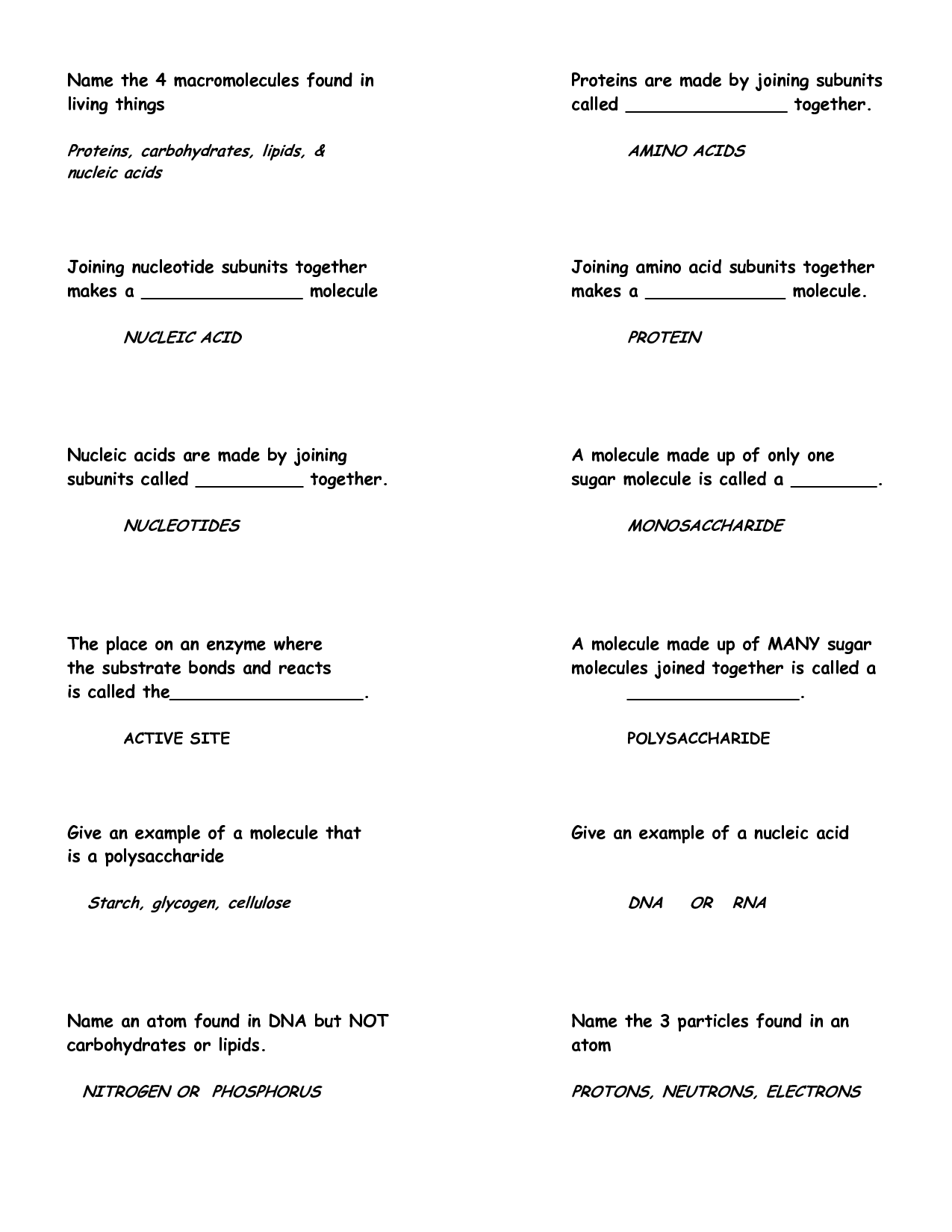

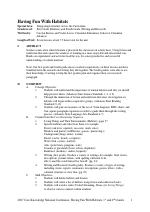
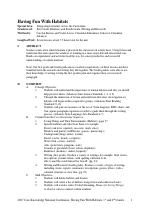
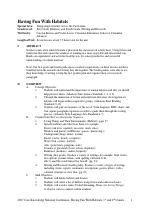
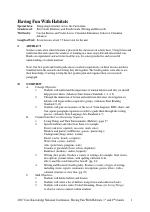
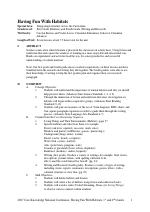
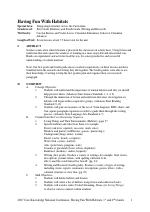
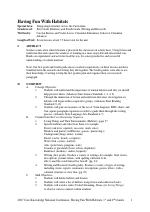
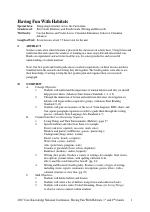
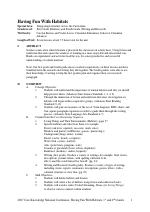
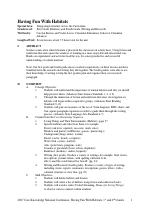
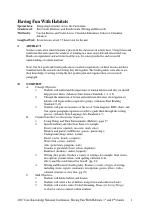













Comments